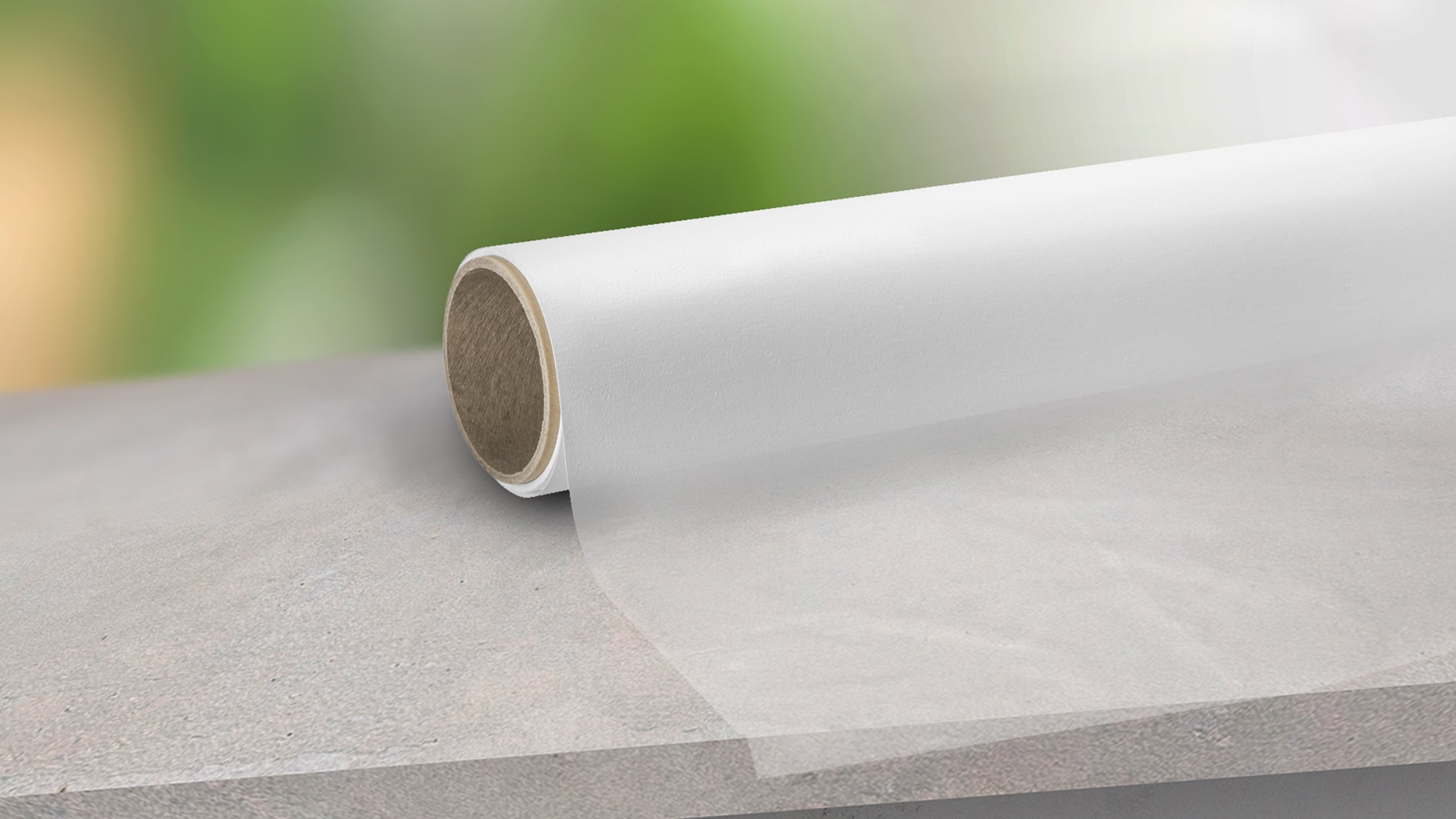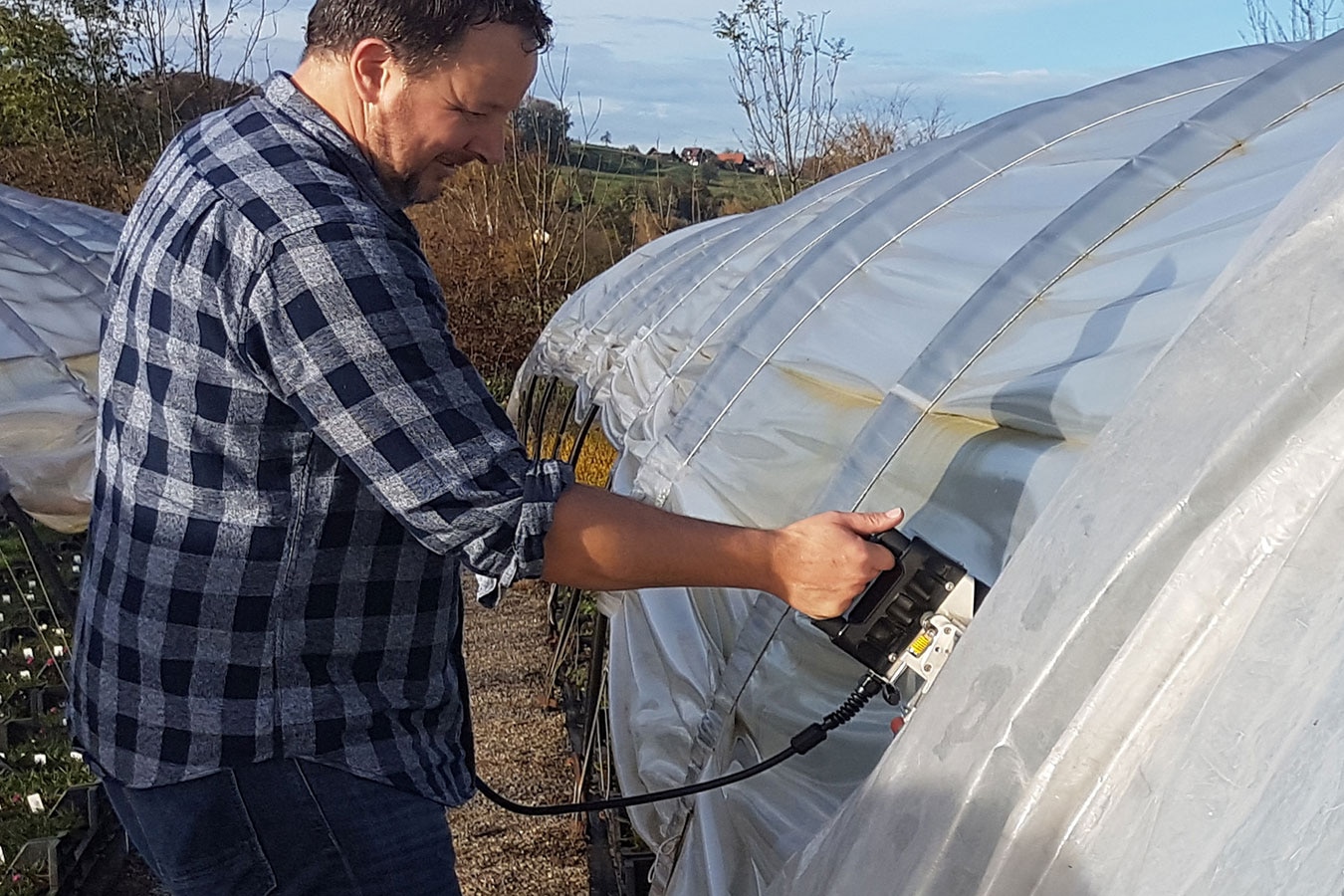

The metal struts are anchored in the floor and then covered with a thin, transparent plastic film. This variant can be found both in the hobby gardener and in professional vegetable cultivation and has many advantages: Harvest protection, especially against bad weather (e.g. heavy rain, hail and snow), earlier harvesting compared to field crops, optimisation of harvesting, protection against pests as well as better use of beneficial organisms, which is an important issue especially in organic farming.